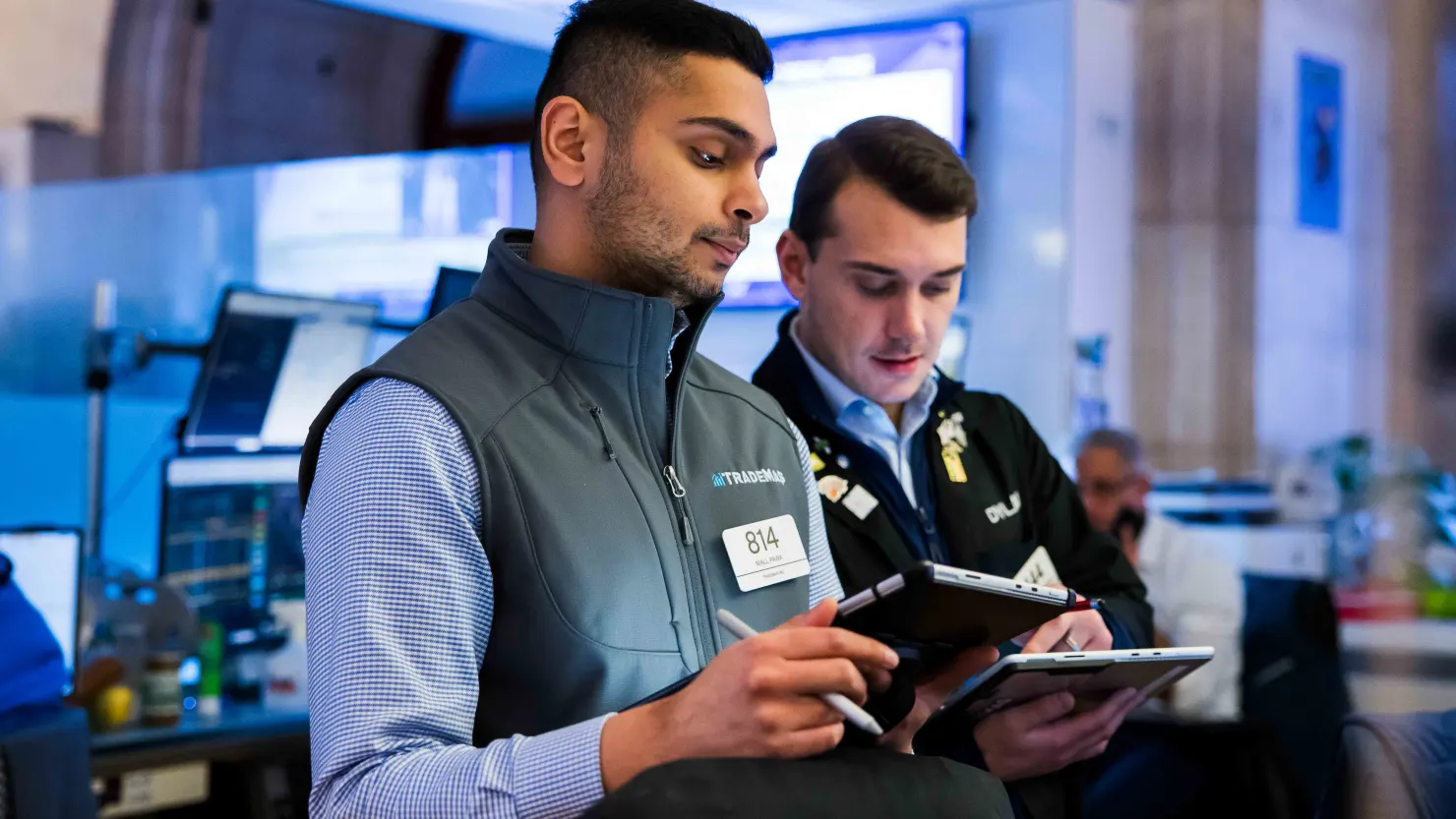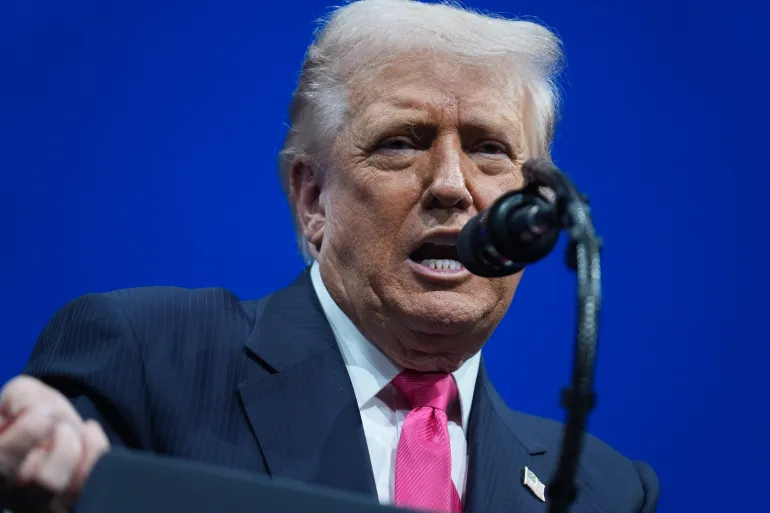Advanced Micro Devices just jumped into the center of the AI arms race. The chipmaker said Monday it struck a sweeping, multi-year partnership with OpenAI that will see 6 gigawatts of AMD GPUs deployed over multiple product generations—starting with 1 GW of Instinct MI450 chips rolling out in the second half of 2026. Investors loved it: AMD stock spiked as much as 37.7% intraday before settling up ~27% to $210.21.
The deal in a nutshell
- Scale: 6 GW of AMD GPU compute over time; 1 GW lands first with MI450 in H2’26.
- Skin in the game: OpenAI received a warrant for up to 160 million AMD shares (roughly 10% if fully exercised), vesting against stock-price hurdles and technical/commercial milestones tied to scaling deployments.
- Revenue impact: AMD says the tie-up could drive “tens of billions” in annual AI revenue over time.
“We’re thrilled to partner with OpenAI to deliver AI compute at massive scale,” CEO Lisa Su said, calling it a “win-win” for the broader AI ecosystem.
OpenAI, meanwhile, has been very public about spending hundreds of billions on infrastructure. In the last few weeks alone it’s inked huge arrangements with Nvidia, Oracle, Samsung, and SK Hynix. Two weeks ago came a separate Nvidia pact: at least 10 GW of data centers powered by Team Green’s processors, plus up to $100 billion of Nvidia investment in OpenAI. OpenAI says the AMD deal is incremental to its Nvidia plans.
Wall Street reaction: “Yep, this is big”
- Barclays’ Tom O’Malley estimates the OpenAI win could be >$100B of revenue to AMD over five years, framing it as proof that the ecosystem is desperate for more compute, not necessarily a straight market-share swap from Nvidia.
- Wedbush’s Matt Bryson said the sharp move in AMD shares is “more than justified.”
- Wedbush’s Dan Ives called it fresh evidence the AI arms race is heating up.
The ripple effects were immediate: Sanmina — poised to become a preferred manufacturing partner via its pending ZT Systems deal — surged up to 40% (recently +24% to $141.08). TSMC climbed ~4% to $303.51 and notched a fresh all-time high $307.30 earlier. (AMD, Sanmina, and TSMC sit on the IBD Tech Leaders list.) Nvidia dipped around 2% premarket.
Technically, AMD broke out of a seven-week consolidation, clearing a $186.65 buy point before blasting to session highs near $226.71.
Demand for AI compute is outpacing supply, period. OpenAI is layering partners to derisk timelines and capacity — AMD now joins Nvidia, plus the $300B/5-year data-center pact with Oracle and a reported $10B chip-design arrangement with Broadcom. The strategy: lock in silicon, memory, and manufacturing across multiple vendors while the company scales models (and revenue) at breakneck speed.
OpenAI’s 160M-share warrant vests only if AMD stock appreciates and OpenAI hits technical/commercial milestones that enable deployments at scale. Translation: OpenAI’s upside grows only if both the chips deliver and AMD’s execution drives the stock higher. If all milestones trigger, OpenAI could end up with ~10% of AMD — an unusually tight customer-supplier alignment by Big Tech standards.
What it means for the AI landscape
- More supply for hyperscale AI: Another credible compute lane beyond Nvidia reduces bottlenecks and could pull forward AI project timelines.
- A rising-tide thesis for AMD: If OpenAI’s deployments land on time, other cloud and enterprise buyers may follow to de-risk single-vendor exposure.
- Bubble talk lingers: The eye-popping dollar figures keep fueling worries that AI stocks are running ahead of fundamentals. Key watch items: OpenAI’s monetization pace, inference workloads at scale, and how quickly MI450 ramps in real-world clusters.
AMD just secured a seat at AI’s main table. The OpenAI pact delivers massive visibility, potential triple-digit-billion revenue over time, and a warrant structure that literally ties fortunes together. In a market hungry for compute, this is less about displacing Nvidia and more about supplying an insatiable new utility: AI horsepower. For now, investors are raising a glass to Lisa Su.
Investor’s Business Daily, CNN, and the Financial Times contributed to this report.









The latest news in your social feeds
Subscribe to our social media platforms to stay tuned